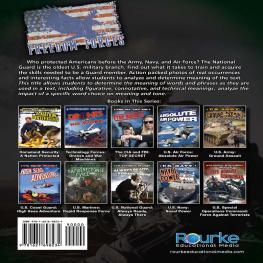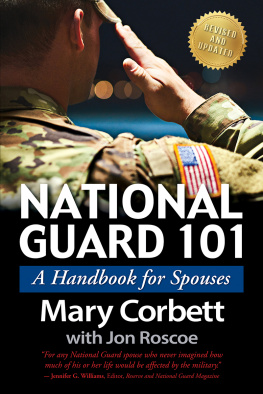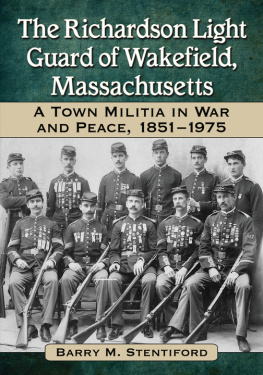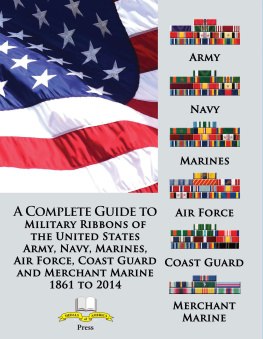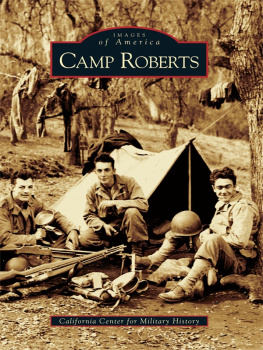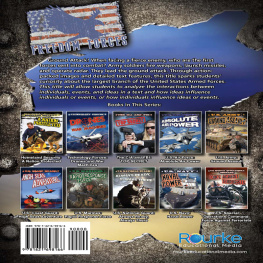Table of Contents
Guide
Level: S Word Count: 1,277 Words
100th word: disasters
Content Area Vocabulary:
Read the list. What do these words mean?
civilian
colonists
communications
deployed
disasters
government
infantry
intelligence
militias
volunteered
Building Background Knowledge
Before reading a book, it is important to tap into what your child or students already know about the topic. This will help them develop their vocabulary, increase their reading comprehension, and make connections across the curriculum.
| Look at the cover of the book.
What will this book be about? |
| What do you already know about the topic? |
| Lets study the Table of Contents.
What will you learn about in the books chapters? |
| What would you like to learn about this topic?
Do you think you might learn about it from this book? Why or why not? |
| Use a reading journal to write about your knowledge of this topic. Record what you already know about the topic and what you hope to learn about the topic. |
| Read the book. |
| In your reading journal, record what you learned about the topic and your response to the book. |
| Complete the activities at the end of the book. |
Comprehension and Extension Activities
After reading the book, work on the following questions with your child or students in order to check their level of reading comprehension and content mastery.
| Explain the history of the U.S. National Guard. |
| Explain the differences between the U.S. National Guard and other military branches. |
| What are some of the different jobs in the U.S. National Guard? |
| What high-tech vehicles does the U.S. National Guard use? |
| What are the Guards peacekeeping duties? |
Extension Activity
Research the peacekeeping activities that the U.S. National Guard has performed. Now, imagine you work for a newspaper. Write a newspaper column about U.S. National Guards peacekeeping missions.

2014 Rourke Educational Media LLC
All rights reserved. No part of this book may be reproduced or utilized in any form or by any means, electronic or mechanical including photocopying, recording, or by any information storage and retrieval system without permission in writing from the publisher.
www.rourkeeducationalmedia.com
PHOTO CREDITS: Cover photo by Spc. Venessa Hernandez, U.S. Army; back cover and title page flag SFerdon; Page 4/5 courtesy of National Guard Bureau; Page 6 photo by Sgt. Brandon Aird U.S. Army; Page 7 Ed Edahl; Pages 8 and courtesy of Library of Congress; Page 10 U.S. Navy photo by Spc. Aaron J. Herrera; Page 11 courtesy of US Air National Guard; Page 12 Eric Durr; Page 13 photo by Staff Sgt. Andrew Hughan, Sgt. Michael L. Owens; Page 14 photo by Tech. Sgt. David Kujawa; Page 15 courtesy of US National Guard; Page 16 photos by Sgt. Stephen A. Gober, Sgt. John Crosby; Page 17 photos by 2nd Lt. Becky Linder, U.S. Air Force Sgt. Heather Wright; Page 18 Michael Foran, James Tourtellotte; Page 19 photos by Staff Sgt. Jessica Inigo California National Guard, Andrea Booher/FEMA News Photo; Page 20 photo by Sgt. Doug Roles Pennsylvania National Guard; Page 21 photo by Master Sgt. Kevin J. Gruenwald U.S. Air Force; Page 22 photos by Sgt. Alex C. Sauceda; Page 23 courtesy of US Army, Airman 1st Class Cory D. Payne; Page 24 Kevin Robertson; Page 25 photos by Sgt Charlie Miller, Staff Sgt. James Wilkinson; Page 26 courtesy of U.S. National Guard, Master Sgt. Jack Braden; Page 27 photos by Maj. Cotton Puryear, Virginia National Guard; Page 29 courtesy of U.S. Navy, Staff Sgt. Blair Heusdens
Edited by Precious McKenzie
Designed and Produced by Blue Door Publishing, FL
Library of Congress Cataloging-in-Publication Data
U.S. National Guard: Always Ready, Always There / Carla Mooney
p. cm. -- (Freedom Forces)
ISBN 978-1-62169-928-6 (hard cover) (alk. paper)
ISBN 978-1-62169-823-4 (soft cover)
ISBN 978-1-62717-032-1 (e-book)
Library of Congress Control Number: 2013938880
Rourke Educational Media
Printed in the United States of America,
North Mankato, Minnesota


rourkeeducationalmedia.com
PO Box 643328 Vero Beach, Florida 32964
CHAPTER ONE
SERVING COMMUNITY AND COUNTRY
Before the Army, Navy, and Air Force, who protected Americans? As early as 1636, ordinary citizens formed colonial militias. Men put down their farming tools and picked up weapons to protect their families and towns from attack. Eventually, these militias became the National Guard.
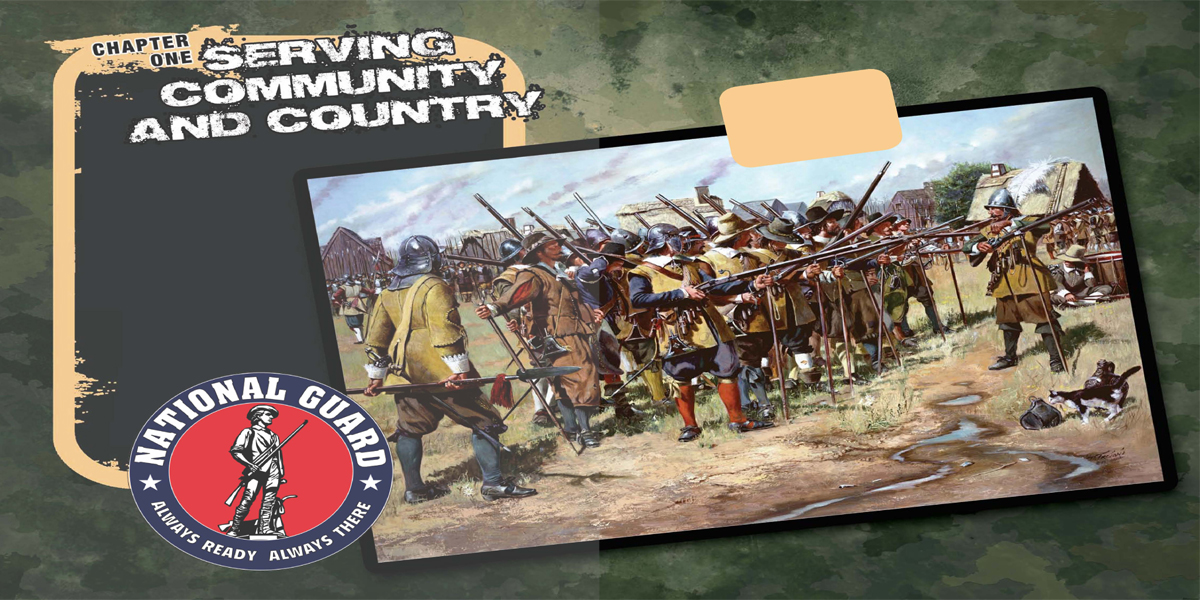
FREEDOM FACT:
The National Guard is the oldest U.S. military branch.
The birth of the United States National Guard.
Today, the National Guard is a reserve military force made up of units from each state and territory. The National Guard serves both the state and federal government. The Guard helps the military in war and the community during disasters. The Guard can also be called to maintain peace and order.
Like ordinary citizens, Guard members live in communities across the country. They work at civilian jobs or go to school. They train regularly so that they are ready, wherever and whenever help is needed.
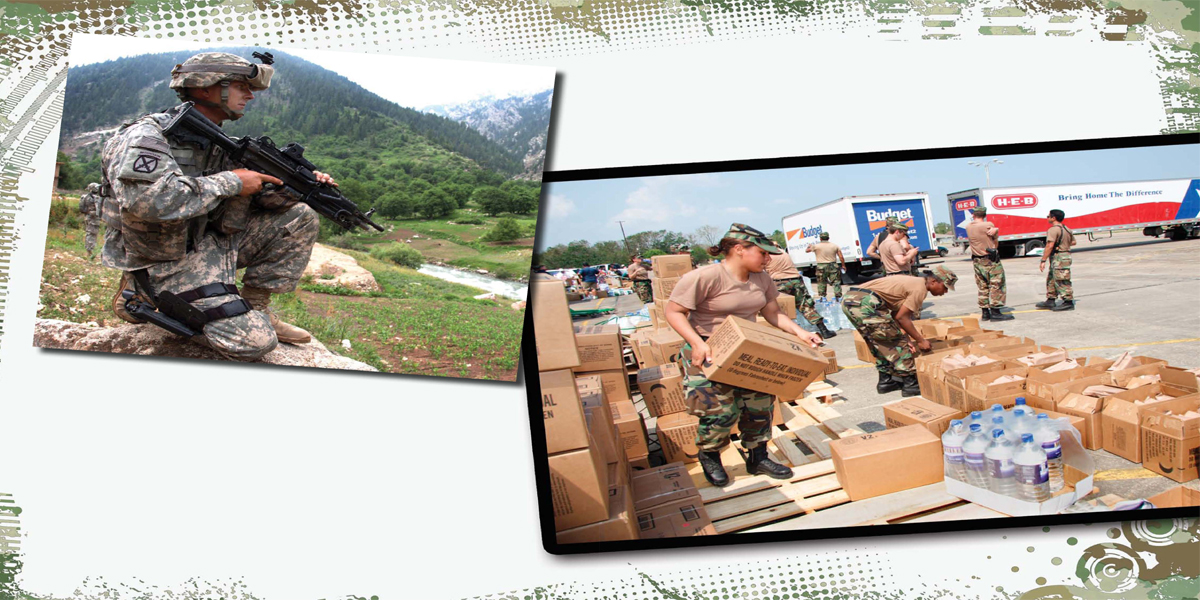
National Guardsman of the 1st Battalion, 151st Infantry Regiment provides security in Parun, Afghanistan.
National Guard troops unload supplies to help people after the disaster caused by Hurricane Rita in 2005.
CHAPTER TWO
HISTORY OF THE NATIONAL GUARD
Early American colonists organized groups of men into militias to defend their communities. Colonial militias protected citizens from Native American raids. When the Revolutionary War began, militias fought British soldiers. General George Washington led the militia that volunteered to fight. After battle, militia volunteers were free to go home.
After the Revolutionary War, states organized their own militias. State militias sent soldiers to fight during the Mexican War, the Civil War, and the Spanish-American War. In 1903, the U.S. Congress passed a law that joined separate state militias into a single reserve force for the U.S. Army. The force was officially named the National Guard.

